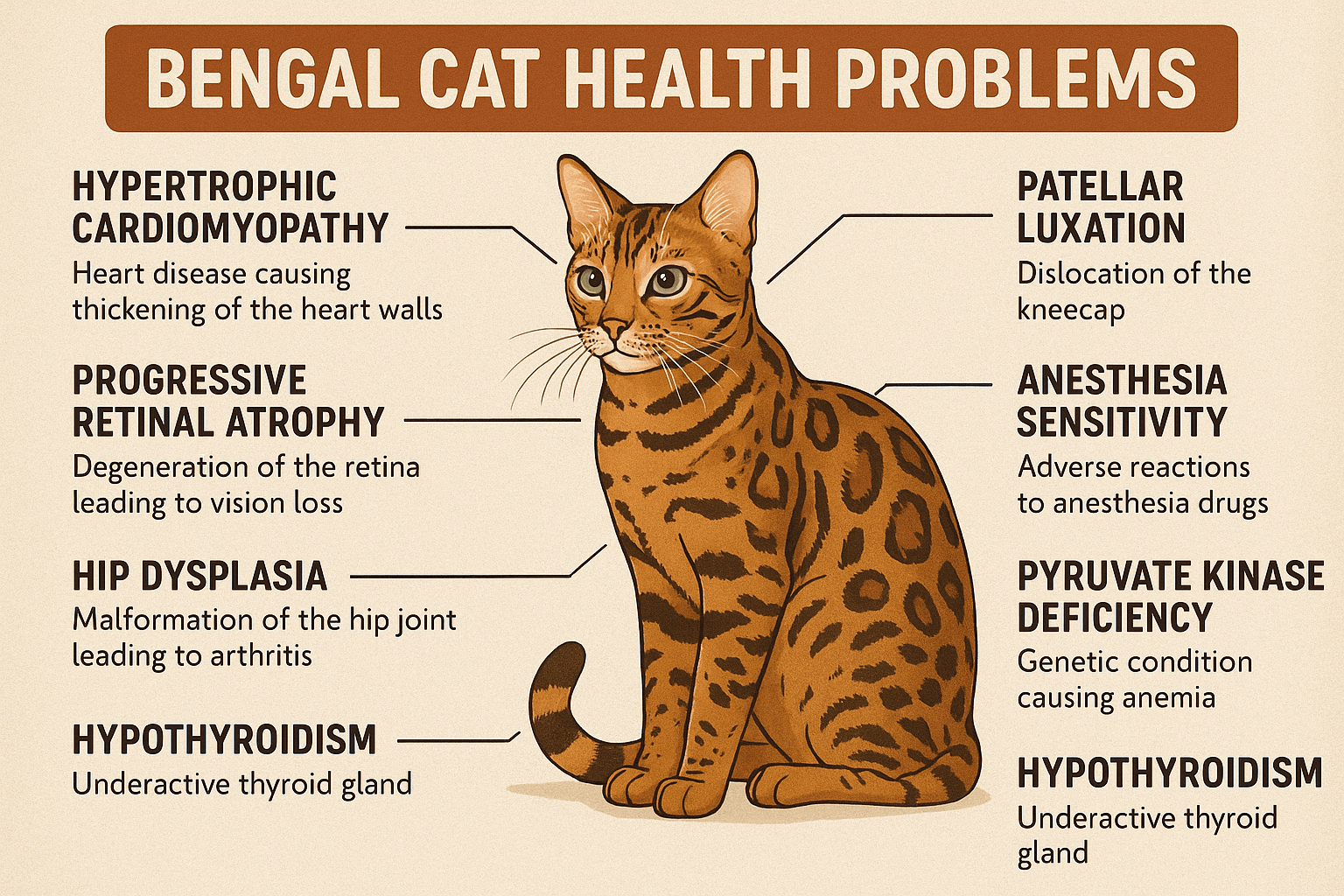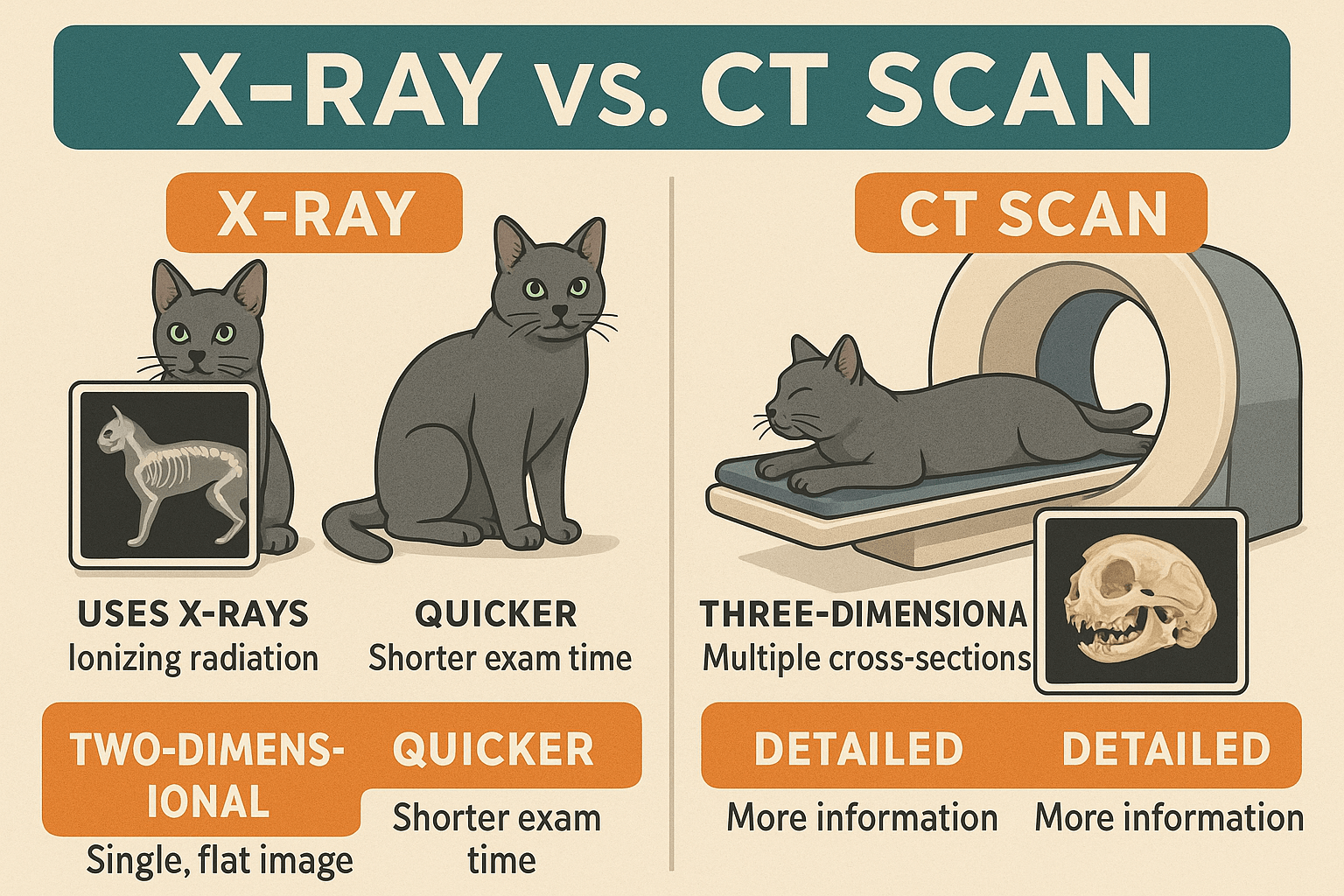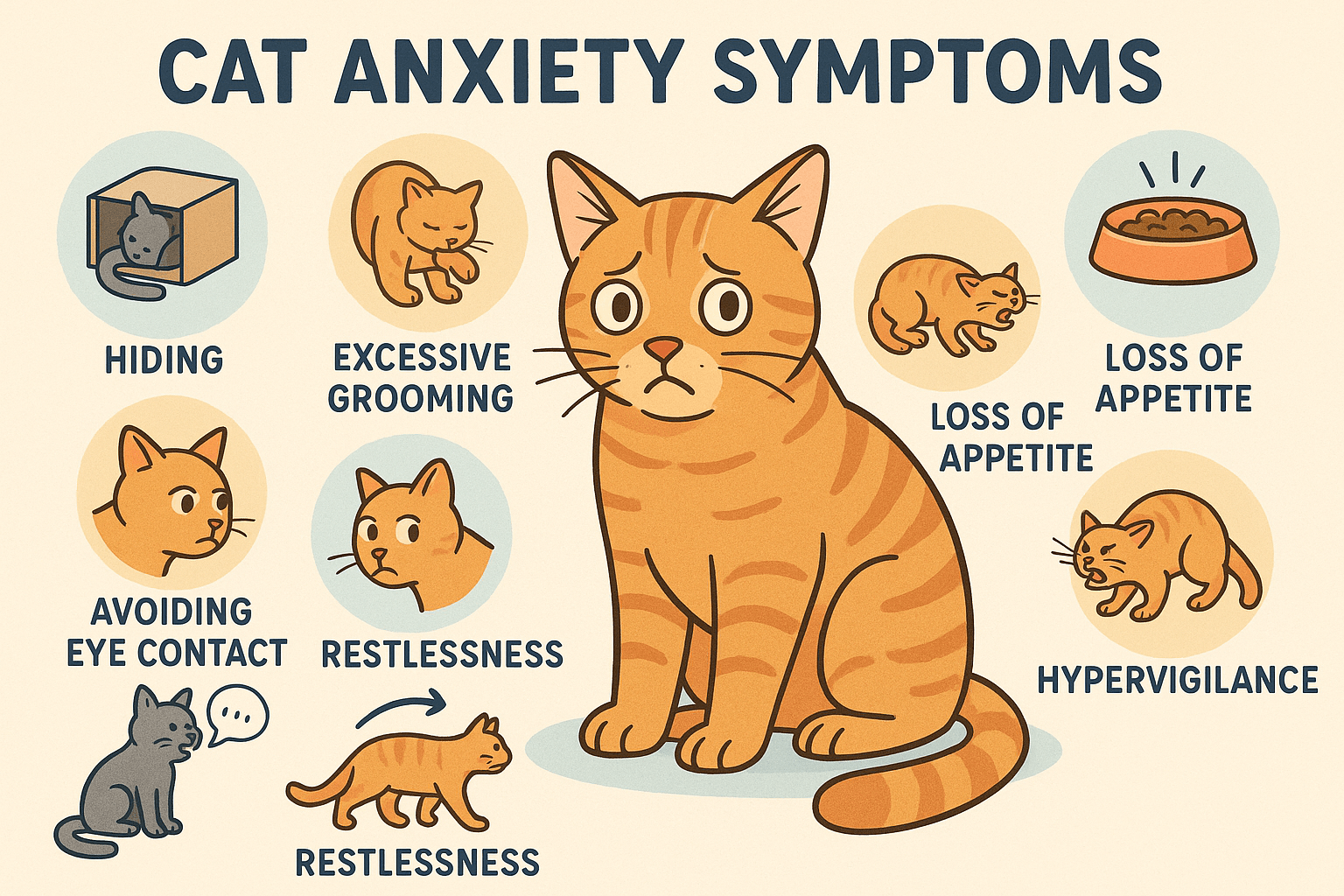Why Overgrown Cat Claws Are a Problem Every Pet Owner Should Address
Cats are graceful, independent creatures that bring joy and companionship to our lives. However, one aspect of their care that often goes overlooked is their claws. Overgrown cat claws can lead to a host of problems, not just for your feline friend but also for your home and furniture. If left unattended, these claws can curl into the paw pads, causing pain and infection, or even affect your cat’s ability to walk comfortably. In this blog post, we’ll explore why overgrown claws happen, how they impact your cat’s well-being, and what you can do to prevent and manage this issue effectively.
Understanding the Causes of Overgrown Cat Claws
Overgrown cat claws don’t happen overnight. Several factors contribute to this condition, and understanding them is the first step toward prevention. Here’s a breakdown of the most common causes:
Cats that spend most of their time indoors may not have enough opportunities to scratch and wear down their claws naturally.
Aging cats often experience slower claw growth cycles, leading to thicker, more brittle nails that are prone to overgrowth.
Some cats have genetic predispositions that cause their claws to grow faster than usual.
Lack of regular claw trimming by pet owners can exacerbate the problem over time.
Health conditions such as arthritis or obesity may limit a cat’s mobility, reducing their ability to scratch and file their claws.
By identifying the underlying cause, you can take proactive steps to ensure your cat’s claws remain healthy and at an appropriate length. Addressing these factors early can save your cat from discomfort and potential health issues.
Signs Your Cat May Have Overgrown Claws
Recognizing the signs of overgrown claws is crucial for timely intervention. Cats are masters at hiding discomfort, so it’s up to you to spot the subtle cues. Here are some telltale signs to watch out for:
Your cat appears hesitant or reluctant to jump onto surfaces they used to access easily.
You notice limping or favoring one paw over the others.
The claws visibly curl under the paw pads, making it difficult for your cat to walk comfortably.
Excessive licking or biting at the paws, which could indicate pain or irritation.
Scratches or tears in your furniture caused by your cat attempting to file their claws.
If you observe any of these signs, it’s time to take action. Ignoring them can lead to more severe complications, including infections or mobility issues.
Check this guide 👉 Why is My Cats Tail Falling Off? Best 7 Expert Health Tips!
Check this guide 👉Why Did My Cat Attack Me? Best 7 Expert Behavior Tips!
Check this guide 👉 Why Do Cats Lick Their Lips? Best 7 Expert Care Tips!

Preventive Measures | Potential Risks of Overgrown Claws |
|---|---|
Provide scratching posts or pads | Claw curling into paw pads, causing pain |
Trim claws regularly | Difficulty walking or jumping |
Encourage play to promote activity | Increased risk of infections |
Schedule vet check-ups | Damage to furniture and household items |
Monitor for signs of discomfort | Behavioral changes due to pain or frustration |
How to Safely Trim Your Cat’s Claws
Trimming your cat’s claws might seem intimidating, but with patience and practice, it can become a routine part of their care. Here’s a step-by-step guide to help you get started:
Gather the right tools, such as a pair of cat-specific nail clippers or scissors.
Choose a calm environment where your cat feels safe and relaxed.
Gently press the paw pad to extend the claws before trimming.
Avoid cutting into the quick, the pink part of the claw that contains nerves and blood vessels.
Reward your cat with treats or affection after each session to create a positive association.
With consistent effort, trimming your cat’s claws will become easier over time, ensuring their comfort and well-being.
Alternative Solutions for Managing Overgrown Claws
If trimming isn’t an option or your cat resists it, there are alternative ways to manage overgrown claws. Consider these solutions:
Invest in high-quality scratching posts or boards to encourage natural claw filing.
Use soft claw caps that attach to your cat’s claws, preventing damage to furniture and skin.
Consult a professional groomer or veterinarian for assistance with claw maintenance.
Incorporate interactive toys that promote physical activity and natural scratching behavior.
Explore dietary supplements that support overall nail health and reduce brittleness.
These alternatives can complement regular claw care routines, ensuring your cat stays happy and healthy.
Why Consistent Claw Care Matters
Regular claw maintenance is not just about aesthetics—it plays a vital role in your cat’s overall health and happiness. By staying on top of their claw care, you can prevent a range of issues while fostering a stronger bond with your feline friend. Here’s why it’s so important:
Trimming claws reduces the risk of scratches to humans and damage to household items like furniture and carpets.
It minimizes the chances of your cat experiencing pain or discomfort caused by overgrown claws.
Regular trimming promotes better mobility, allowing your cat to jump, climb, and explore with ease.
It helps identify potential health issues early, such as infections or abnormalities in the claws or paw pads.
A consistent routine builds trust between you and your cat, making future grooming sessions less stressful.
By prioritizing regular claw care, you’re not only protecting your home but also ensuring your cat remains comfortable and content.
What Not to Do During Claw Trimming
Trimming your cat’s claws may seem straightforward, but there are common mistakes that even experienced pet owners make. Avoiding these pitfalls can make the process safer and more effective for both you and your cat. Here’s what to watch out for:
Using human nail clippers instead of specialized cat claw trimmers, which can crush or split the claws.
Cutting too close to the quick, which can cause bleeding and significant pain for your cat.
Rushing the process without taking the time to calm your cat beforehand.
Forcing your cat to stay still if they’re visibly stressed or resisting, which can lead to injury or fear of future trims.
Neglecting to reward your cat afterward, missing an opportunity to create a positive association with the experience.
By avoiding these mistakes, you’ll ensure the trimming process is as smooth and stress-free as possible for everyone involved.
How to Make Claw Care Fun for Your Cat
While trimming is essential, encouraging natural claw filing through play and environmental enrichment can reduce the need for frequent interventions. Here are some creative ideas to help your cat maintain healthy claws naturally:
Place scratching posts in high-traffic areas where your cat spends most of their time.
Experiment with different textures, such as sisal, cardboard, or carpeted surfaces, to find what your cat prefers.
Use catnip or treats to entice your cat to use their scratching post regularly.
Rotate toys that mimic prey, such as feather wands or mice, to encourage active play and natural scratching behavior.
Install wall-mounted shelves or climbing trees to provide vertical spaces for jumping and claw exercise.
By incorporating these strategies, you can create an environment that supports your cat’s natural instincts while keeping their claws in check.
Frequently Asked Questions About Overgrown Cat Claws
How often should I trim my cat’s claws?
Depending on your cat’s activity level, trimming every 2-4 weeks is generally recommended.
Can overgrown claws cause infections?
Yes, if the claws curl into the paw pads, they can puncture the skin and lead to infections.
What should I do if I accidentally cut the quick?
Apply styptic powder or cornstarch to stop the bleeding and consult your vet if necessary.
Are scratching posts effective for indoor cats?
Yes, they provide a natural way for cats to file their claws and reduce overgrowth.
Can older cats still use scratching posts?
Absolutely! Older cats may need encouragement, but scratching posts remain beneficial for maintaining claw health.
Taking Action for Your Cat’s Claw Health
Overgrown cat claws are more than just a minor inconvenience—they can significantly impact your cat’s quality of life. By understanding the causes, recognizing the signs, and implementing preventive measures, you can ensure your feline companion remains comfortable and healthy. Whether through regular trimming, providing scratching posts, or seeking professional help, taking action today can prevent bigger problems tomorrow. Remember, a little effort goes a long way in keeping those claws in check and your bond with your cat stronger than ever.
High Liver Enzymes in Cats: Best 7 Expert Tips! Discover causes, symptoms, and treatment options for elevated liver enzymes in cats. Learn how to support your cat’s liver health effectively.
Bengal Cat Health Problems: Best 7 Expert Tips! Discover expert advice on common Bengal cat health issues, preventive care, and tips to keep your feline friend healthy and happy for years to come.
X-Ray vs CT Scan for Cats: Best 7 Expert Tips! Discover key differences, benefits, and expert advice on choosing the right imaging method for your cat’s health needs.
Cat Anxiety Symptoms: Best 7 Expert Tips! Discover signs of feline stress, effective calming strategies, and expert advice to help your cat feel safe, happy, and relaxed at home.





